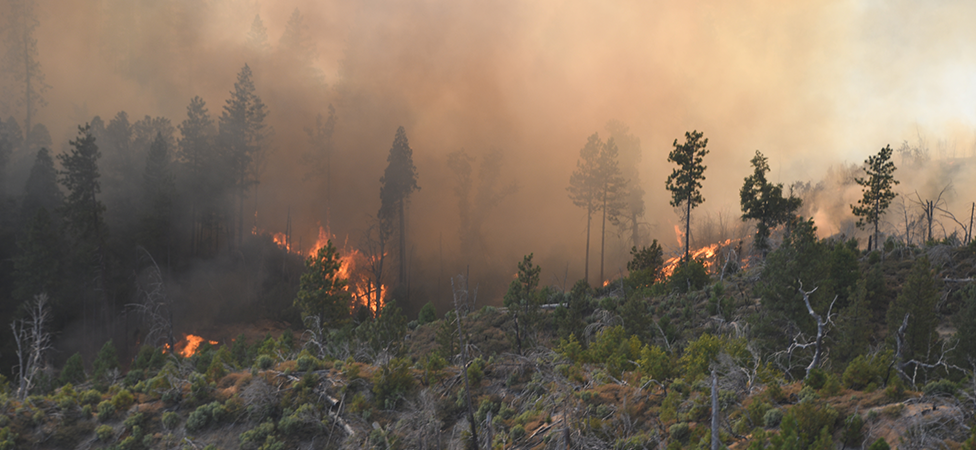August 14, 2018
FEMA Disaster Relief Fund Braces for Wildfires


When the President declares a disaster, emergency services for individuals and state and local governments are funded through the Federal Emergency Management Administration (FEMA) Disaster Relief Fund (DRF). Each year, Congress provides “emergency” funding to FEMA to cover natural disasters like floods, fires and hurricanes. Under the Budget Control Act, “emergency” spending declared by the President and Congress is exempt from annual spending limits. For FY18, Congress appropriated $7.4 billion to the DRF for the standard “outside-the-cap” disaster relief category. In addition to this recurring funding, Congress responds to unusually large disasters with emergency supplemental funding. Over the past 12 months, a devastating hurricane season and California wildfires prompted Congress to approve an additional $42 billion to the DRF.
As of June 30th, FEMA projected that it would closed out FY18 with a $20.8 billion on September 30th. That balance included assumptions about the pace of additional obligations in July, August, and September (the July report should be available soon). As we enter hurricane season, the expected response to the 17 major fires currently impacting Lake, Mendocino, Napa, Riverside, Mariposa, and Shasta counties in California should accelerate planned FEMA spending.
The DRF provides Individual Assistance (IA) to people for temporary housing, medical expenses, child care, and other needs. The Public Assistance (PA) grants to state and local governments provide for debris removal and infrastructure repairs. Relief to people is the initial priority. Rebuilding takes years. While IA spending for Hurricane Sandy (October 2012) has stopped, FEMA expects to spend $1.2 billion in FY18 for Sandy-related PA including over $1 billion for infrastructure. Of the nearly $22 billion in FY18 DRF obligations for Hurricanes Harvey, Irma, and Maria, more than $4 billion is for Individual Assistance.
Large DRF balances and this combination of short-term individual aid and multi-year recovery spending cycles means that Congress should not have to approve an additional “emergency” disaster relief bill for budgetary reasons before the November elections. In fact, FEMA has notified Congress that it “does not anticipate requiring a supplemental to ensure adequate funding for response activities.” Instead, we expect the Appropriations Committees to use a tactic employed last year that provides FEMA and DRF a funding bridge by making the full, planned $6.7 billion in FY19 DRF funding requested by the President and included in the House and Senate Appropriations Committee-approved FY19 Department of Homeland Security Appropriations bills immediately available in the initial FY19 Continuing Resolution. This move would ensure that emergency services are provided without disruption and gives state and local governments time to develop disaster relief estimates and OMB and Congress time to review and approve additional damage-relief funding.
Forecast
75% Expect the Congressional delegations from California and other disaster-impacted areas to seek billions in additional DRF funding before the end of December.
